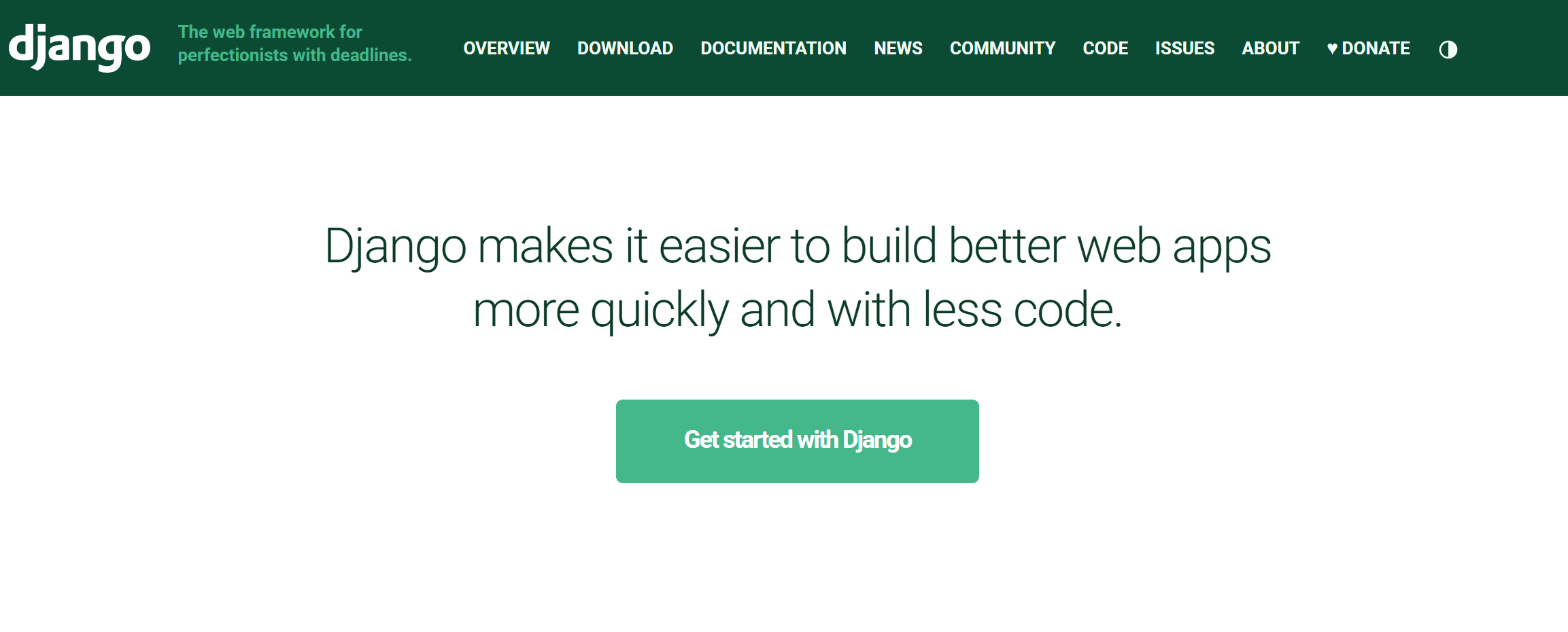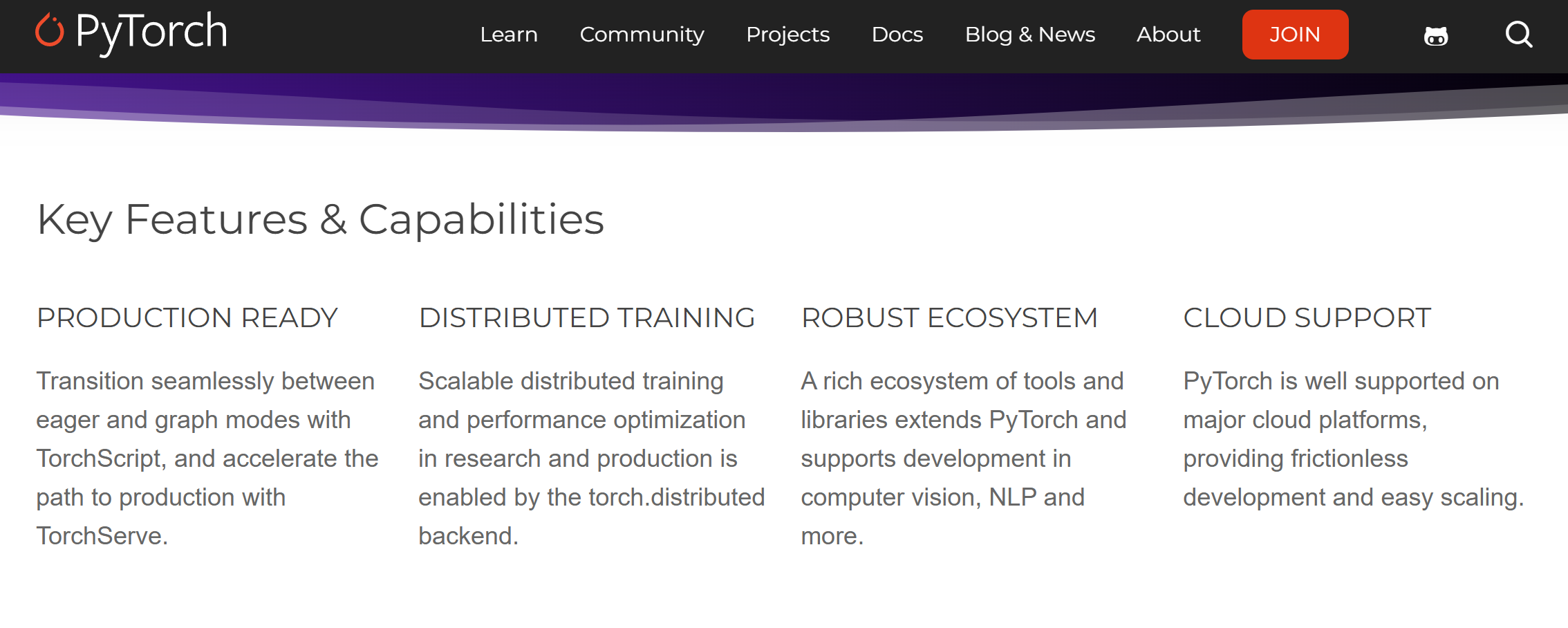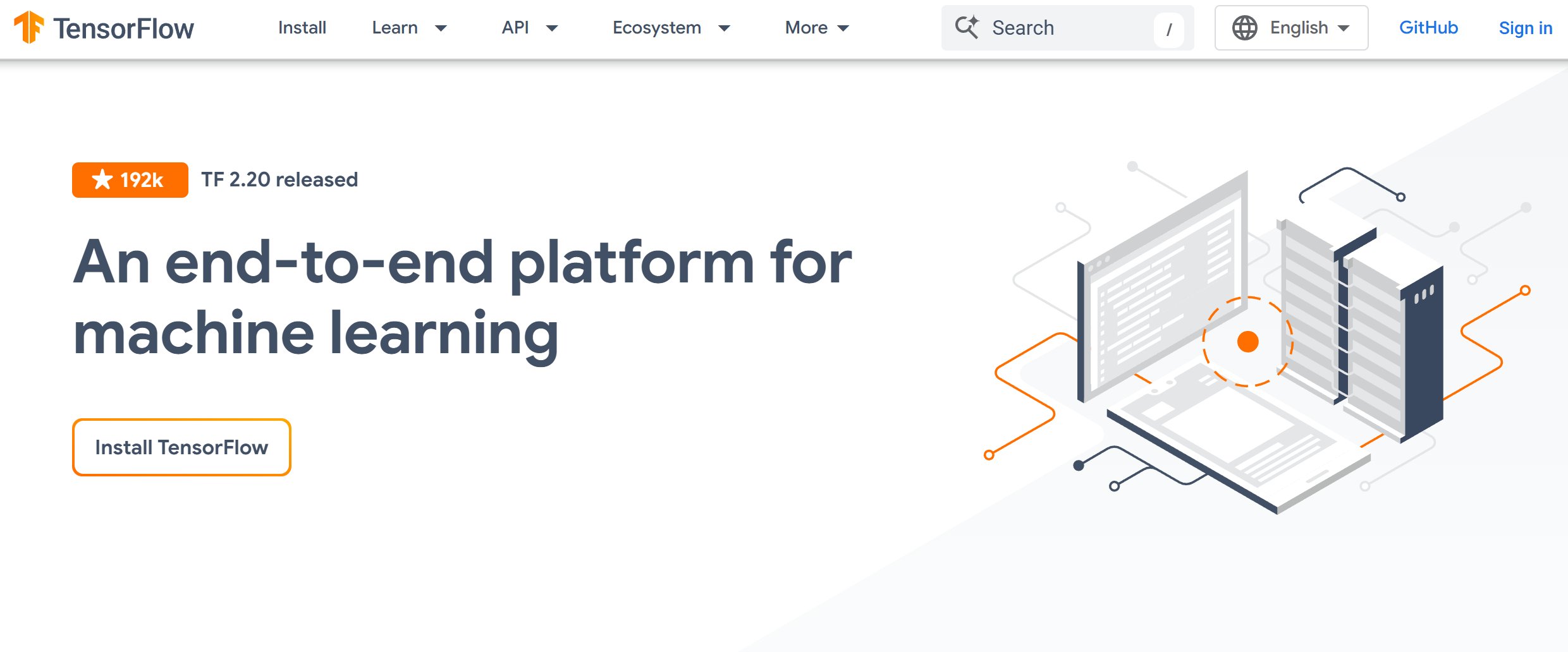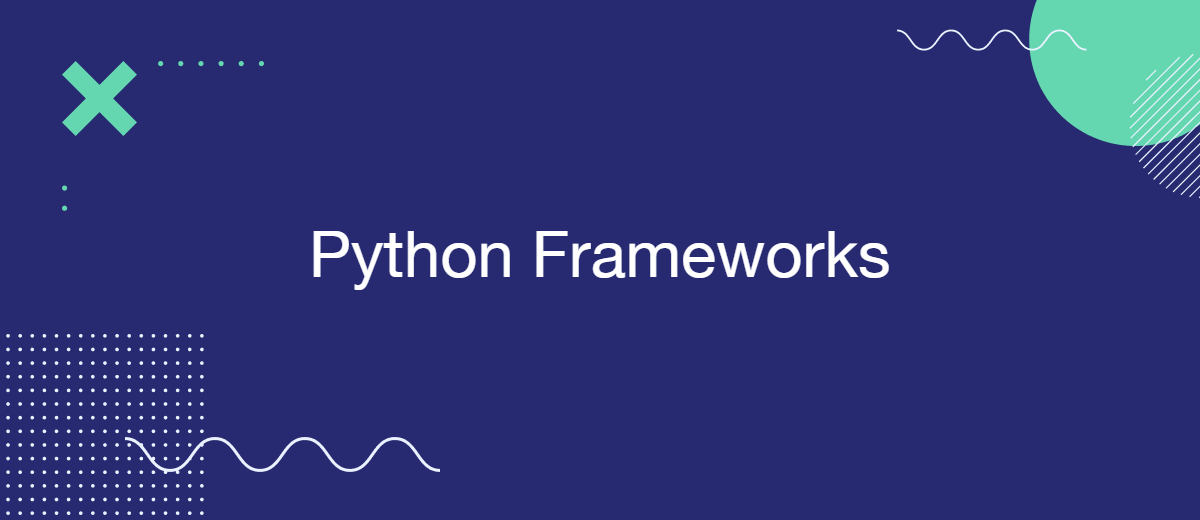For several years now, Python has confidently held the top spot in the ranking of the most popular programming languages — in 2025, its share reached 25.87%, according to the TIOBE Index. Python's popularity among developers is driven by its high functionality and versatility, as well as the availability of numerous useful frameworks. In this article, we'll discuss the best Python frameworks and the capabilities they offer.
Django

Source: djangoproject.com
Published in 2005, the Django framework quickly gained significant popularity in the Python development community. Like other similar projects, it is an open-source framework and distributed under a free license.
Key features:
- Django is a versatile solution for modern web development. It can be used to create news portals, social networks, video hosting sites, content management systems (CMS), and a host of other types of applications.
- The framework supports a wide range of database types, file formats, and client environments. Third-party systems can be easily integrated into it, expanding its functionality.
- Developers using it receive an out-of-the-box solution, including a wide range of libraries and options for creating complex, high-load web projects from scratch. This eliminates the need for third-party components and tools.
- Projects built with Django are easily scalable thanks to the framework's modular architecture. This allows for flexible modification and enhancement of each application component individually, without impacting other parts.
- The framework regularly releases new versions, adding useful features and fixing bugs. The project is coordinated by the Django Software Foundation with the support of a large community of developers.
- Django features anti-hacking and access control features, enhancing application security. Projects built on it are generally considered stable and production-ready thanks to Django’s mature codebase, long release history, and strong security practices.
PyTorch

Source: pytorch.org
The PyTorch framework is highly sought after for building projects involving artificial intelligence (AI) and machine learning (ML). It was developed in 2016 by the Facebook AI Research (FAIR) team using the open-source Torch library.
Key features:
- Using CUDA technology, the framework combines the resources of the central processing unit (CPU) and graphics processing unit (GPU) to more efficiently perform tasks when training ML models, including regression, classification, neural network activation, and more.
- PyTorch and TensorFlow offer similar capabilities for building deep learning models. PyTorch is often considered more “Pythonic” and flexible due to its dynamic computation graph and imperative style.
- One of the key features of this framework is its accelerated training of ML models. This speed boost is particularly noticeable when running large-scale AI projects.
- PyTorch includes a set of specialized libraries for machine learning. These include PyTorch Geometric for deep learning on graphs, Captum for model interpretability, Skorch for compatibility with Scikit-Learn, and more.
- The framework is actively used in the development of a wide range of AI/ML projects, including natural language processing, text and speech generation and analysis, information retrieval, image recognition, pattern and trend detection, computer vision, and more.
- PyTorch is rapidly gaining popularity among Python developers and is considered one of the most promising Python frameworks. It has a vast ecosystem, a large community, and detailed documentation.
Flask
Flask is another well-known Python framework widely used in web development. Professionals value it for its ease of use and functionality, allowing them to quickly create web applications of any complexity.
- Automate the work with leads from the Facebook advertising account
- Empower with integrations and instant transfer of leads
- Don't spend money on developers or integrators
- Save time by automating routine tasks
Key features:
- This solution is a microframework and does not include a full set of libraries and tools, but only a bare core. Instead, it can be plugged into with additional packages and extensions as needed for a specific project.
- Flask includes a built-in development server, debugger, and convenient request/response handling. It provides a test client that simplifies writing unit tests, and its simple routing makes it easy to build RESTful APIs. Flask apps can be deployed on various platforms, including Google App Engine.
- The framework features a simple and clear syntax and structure, making it easy for novice programmers to learn. The solution is suitable for both small personal projects and high-load commercial applications or APIs.
- Starting from version 2.0, Flask supports async def view functions, but it remains primarily a synchronous WSGI framework. To benefit from true asynchronous I/O and high concurrency, ASGI-native frameworks like FastAPI are usually a better fit.
TensorFlow

Source: tensorflow.org
Released by Google Brain in 2015, TensorFlow is considered one of the most in-demand Python AI frameworks. It is a versatile platform with a comprehensive set of libraries and options for training and deploying ML models.
Key features:
- The framework allows you to create, configure, and deploy AI systems through the high-level Keras API. This significantly accelerates and optimizes the process of training ML models.
- TensorFlow supports a variety of deployment scenarios, including on-premises devices, servers, browser (TensorFlow.js) and mobile applications (TensorFlow Lite), cloud computing platforms, and more.
- The solution is optimized for CPUs, Google TPUs, and NVIDIA GPUs. Support for multiple abstraction levels allows you to select the optimal option for a specific model.
- In addition to API integration with Python and C applications, the framework offers separate packages for other languages: C++, Java, JavaScript, Go, and Swift, but without backward compatibility support.
- TensorFlow is very convenient for beginner AI/ML developers, helping them quickly and efficiently generate predictions based on a given dataset. Experienced professionals use it to prepare and transform data pipelines, as well as to tune model layers and parameters.
- The framework includes a number of tools for optimizing ML models, including pruning and quantization (which helps create faster and more compact solutions), as well as automatic differentiation during model training.
FastAPI
Continuing our review of top Python frameworks for web or AI development, it's worth mentioning FastAPI, released in 2018. It's designed for creating web API interfaces and has been one of the most popular Python frameworks among developers for several years (along with Django and Flask).
Key features:
- As of 2025, FastAPI is one of the fastest widely used Python web frameworks for building APIs, and in many benchmarks it outperforms Django and Flask in high-concurrency scenarios. The ASGI protocol and asynchronous request processing minimize response times, which is especially important for high-load services.
- The framework automatically generates interactive documentation for API interfaces. This significantly streamlines the prototyping and testing processes.
- Support for leading standards (OpenAPI, JSON Schema) makes it compatible with a range of API testing and monitoring tools. The FastAPI ecosystem enables the creation of scalable microservice architectures with accelerated development cycles.
- The framework has an intuitive interface, making it easy and quick for any developer familiar with Python to learn. The lack of strict rules allows for flexible customization of the architecture and database interaction principles, as well as the file and folder structure.
- Another significant advantage of this solution is native data validation. Implemented through type annotations and integration with Pydantic, this feature minimizes bugs and simplifies code maintenance.
- FastAPI is ideal for developing high-load REST API interfaces and microservices where architectural flexibility and request processing speed are important.
Pyramid

Source: trypyramid.com
Next in the Python web development framework rankings, we'll highlight another popular solution: Pyramid. According to its creators, it combines the benefits of mega- and micro-frameworks, ensuring high stability and scalability of applications.
Key features:
- The framework supports a wide range of libraries, templates, databases, and security options, all accessible through a convenient add-on system.
- Programmers can extend and customize Pyramid's core and extension code without having to fork it.
- Over many years of development, Pyramid has gone through dozens of releases, fixing bugs and improving the stability of its APIs.
- The solution allows you to start developing a web application with a limited set of components, gradually scaling it by adding new modules and expanding existing ones.
- Pyramid includes several built-in tools for securing applications, including authentication, authorization, session management, and more. It also uses an advanced URL traversal system, simplifying routing.
Tornado
Finally, we'll discuss an equally popular Python web framework called Tornado. It was developed in 2009 by the FriendFeed project, which was later acquired by Facebook.
Key features:
- Tornado's key feature is its asynchronous nature, which allows it to handle tens of thousands of persistent connections simultaneously. Essentially, it combines the capabilities of a web framework and an asynchronous networking library.
- Due to its high performance, this solution is often used to create scalable web applications that require long-term user connection times.
- Tornado is particularly well-suited for real-time applications that require long-lived connections, such as WebSocket-based services or apps with NoSQL backends, but it can also power more traditional web applications.
- The framework is fairly intuitive and easy to learn, but developers note that its documentation is incomplete and unstructured. It also lacks ready-made solutions for application integration — code must be written manually.
- Tornado has built-in processing for incoming HTTP requests. Handler classes automatically determine the response format for different request types.
- The framework's built-in user authentication and authorization tools enhance the security of applications created with it.
Conclusion
Using the frameworks described in this article, both novice and experienced programmers can significantly simplify and accelerate web development with Python. Some of these solutions (TensorFlow, PyTorch) are highly sought after for developing promising projects in artificial intelligence and machine learning.
Each framework has its own unique characteristics: some are general-purpose, while others are more specialized. Overall, however, they are all excellent tools that make Python development more functional and accessible to a wider range of specialists.
Don't waste another minute manually transferring leads from Facebook to other systems. SaveMyLeads is a simple and effective tool that will allow you to automate this process so that you don't have to spend time on the routine. Try SaveMyLeads features, make sure that this tool will relieve your employees and after 5 minutes of settings your business will start working faster.

